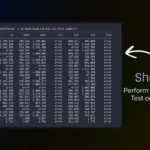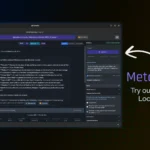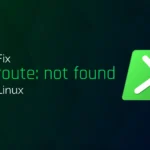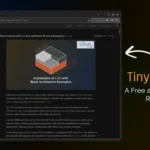How to Automate SSH Login Using sshpass on Linux
SSH, or Secure Shell, is a widely-used protocol for secure remote access to servers and other network devices. It allows users to connect to a remote machine or server using a command-line interface and authenticate using a password or key-based authentication. If you want to





